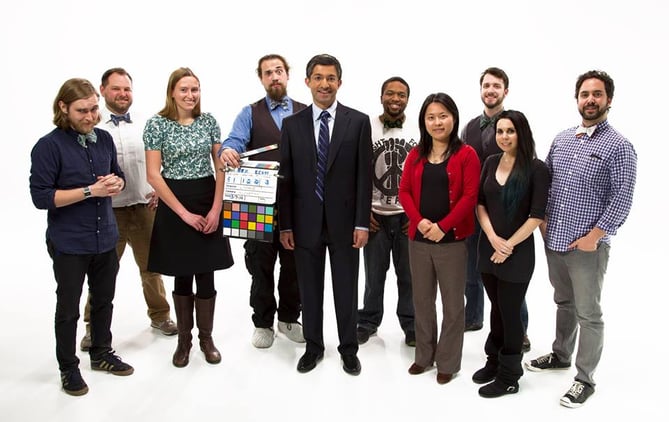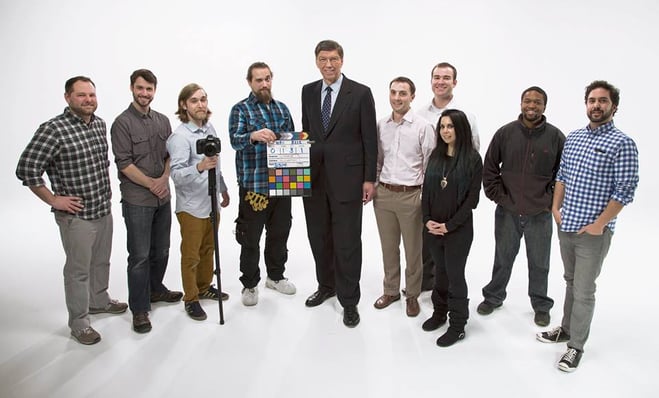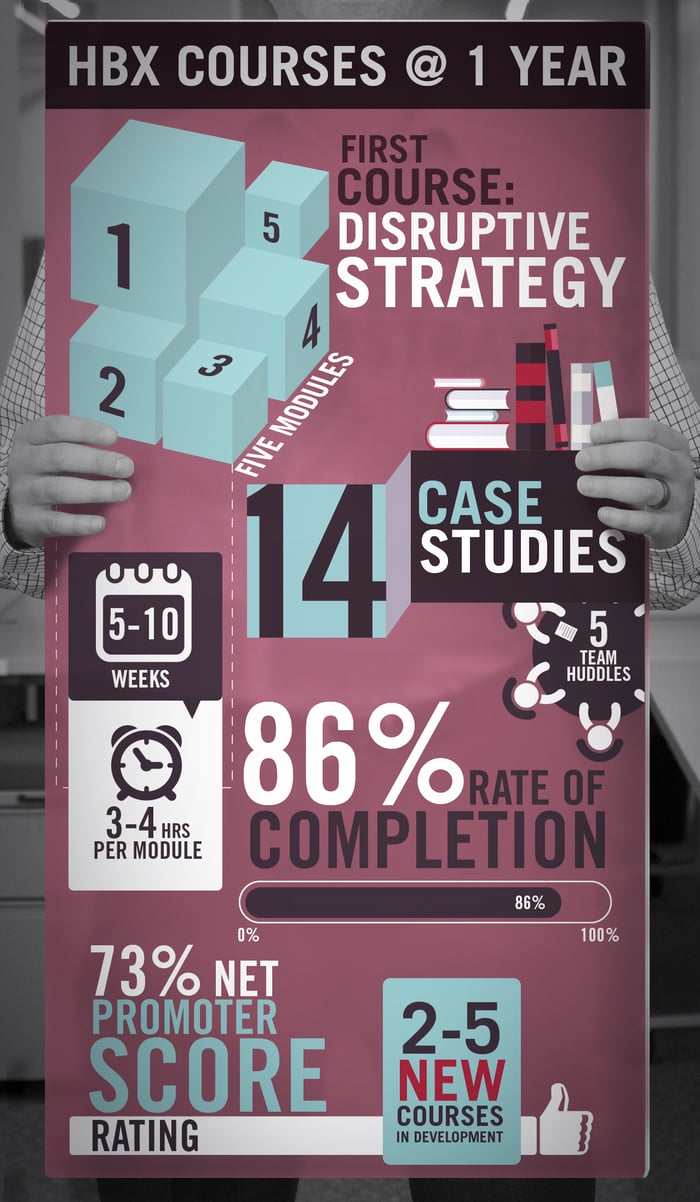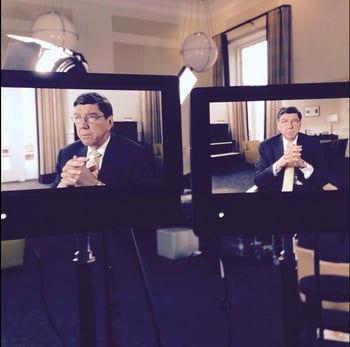In the digital age, businesses have access to extensive information about their customers. This information can help businesses personalize offerings and reach consumers in a way that reflects their individuality. Advances in analytics make it easier to combine information about things like preferences, shopping patterns, and sensitivity to price into useful templates for suggesting products. This seems like a win-win for both marketers, who can identify those who are most likely to want their products, and end users, who receive communications tailored specifically to them.
However, privacy is a major issue when it comes to using customer data. As more and more people share information online and breaches become more common, the importance of protecting individuals’ identity has grown. Despite trying to preserve the privacy of their customers, companies sometimes run into problems when using customer data in their marketing and advertising.

Protecting Customer Privacy is Paramount
In October 2006, Netflix offered $1,000,000 dollars to any individual or group who could figure out a way to improve its DVD recommendations to subscribers by 10% or more. It released historical data from hundreds of thousands of users (with identifying information removed) about the grades they’d given to various movies.
Although they stripped names and ID numbers from the data, many Netflix customers also used other ratings sites, such as IMDB. Comparing ratings on IMDB with those in the shared Netflix database allowed researchers to accurately determine the user’s identity. This ultimately led to an expensive legal settlement, and Netflix never implemented the winning algorithm.
It was later found that Netflix could have invested in data masking technology to avoid the issues with anonomizing the customer data. This would've cost about $50,000, a tiny amount compared to their expensive legal settlement.
Want to read more?
- Wired: Netflix Spilled Your Brokeback Mountain Secret, Lawsuit Claims
- Forbes: Netflix Settles Privacy Lawsuit, Cancels Prize Sequel
Content That's Too Targeted Can Miss the Mark
In 2010, Target implemented a new algorithm looking at changes in customers’ buying habits to identify women who were newly pregnant. Target was able to reach out to these women and offer them products that would be useful to them. Because pregnancy and its associated changes happen quickly, a rapid algorithm was valuable.
However, the company found itself in the middle of a scandal when it sent ads for baby products to a teenage girl living with her parents, whom she had not yet told about her condition. This story exploded over the news and social media.
How Target figured out that a teenage girl was pregnant before her father did: http://t.co/bcGYQ0CHfi #forbesgreatesthits
— Forbes (@Forbes) May 26, 2013
Target has since eased up on its direct marketing and now includes products of interest to a wider audience along with any targeted promotions to avoid similar situations in the future.Allow Users to Opt In
On Black Friday in 2011, two malls used a new mobile technology to track shoppers as they moved through the mall, allowing them to send location-specific alerts to customer’s phones. In addition to helping marketers target the right people, monitoring the flow of shoppers through the mall would help stores determine how to staff during the busy holiday season. Unfortunately, this was done without the knowledge or consent of shoppers.
Not only were mall visitors upset about marketers’ use of their phone, but Senator Chuck Schumer (D-NY) denounced the practice at a press conference. Both malls cancelled the program, which was intended to run though New Year, within a week.
Get ready to get stalked: Malls track shoppers' cell phones on Black Friday http://t.co/vkgmk7GH
— CNNTech Gadgets (@CNNTechGadgets) November 22, 2011
This example highlights the importance of allowing customers to opt-in and voluntarily provide their data to preserve their right to privacy. Rather than technology that collects data from any mall visitor who hasn’t turned off their phone, some stores are now using a similar technology, but only with customers who choose to install an app on their phone.
Key Takeaways
Customer data is a powerful tool that companies can harness to inform every facet of their business. But as the saying goes, with great knowledge comes great responsibility.
Companies must do everything they can to preserve customers' privacy, keep them informed of how their data is being used, provide consumers with options to opt in or out, and walk the fine line between serving up relevant, targeted content and turning into Big Brother.
About the Author
Jenny is a member of the HBX Course Delivery Team and currently works on the Business Analytics course for the Credential of Readiness (CORe) program, and supports the development of a new course in Management for the HBX platform. Jenny holds a BFA in theater from New York University and a PhD in Social Psychology from University of Massachusetts at Amherst. She is active in the greater Boston arts and theater community, and she enjoys solving and creating diabolically difficult word puzzles.



 Clay Christensen developed the theory of
Clay Christensen developed the theory of 











